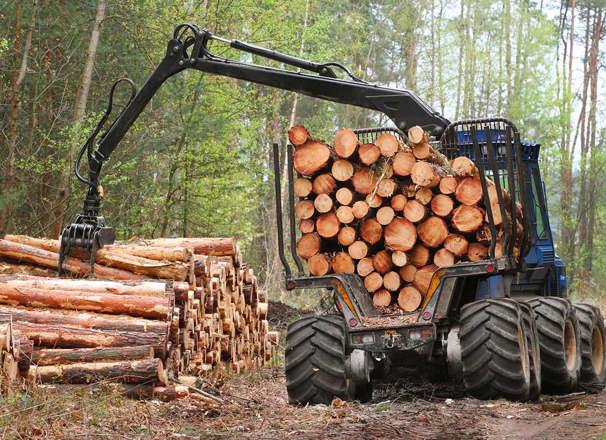Working conditions in floral shops are often pleasant. However, the job involves a lot of standing and some heavy lifting. In winter, constant opening and closing of exterior doors and going in and out of refrigerated units can make for a cold working environment.
Floral designers should be able to multitask, as they must sometimes manage competing demands. For example, they may need to balance telephone and in-store sales while meeting production deadlines for events or corporate accounts.
Floral designers in retail stores work standard retail hours that often include evenings and weekends. They may need to work long hours to complete arrangements during holiday seasons and for special occasions. Spring can be especially busy with many weddings and graduations.
Part-time work is common. However, department managers and shop owners may need to attend early-morning fresh-flower and plant auctions several times per week.



